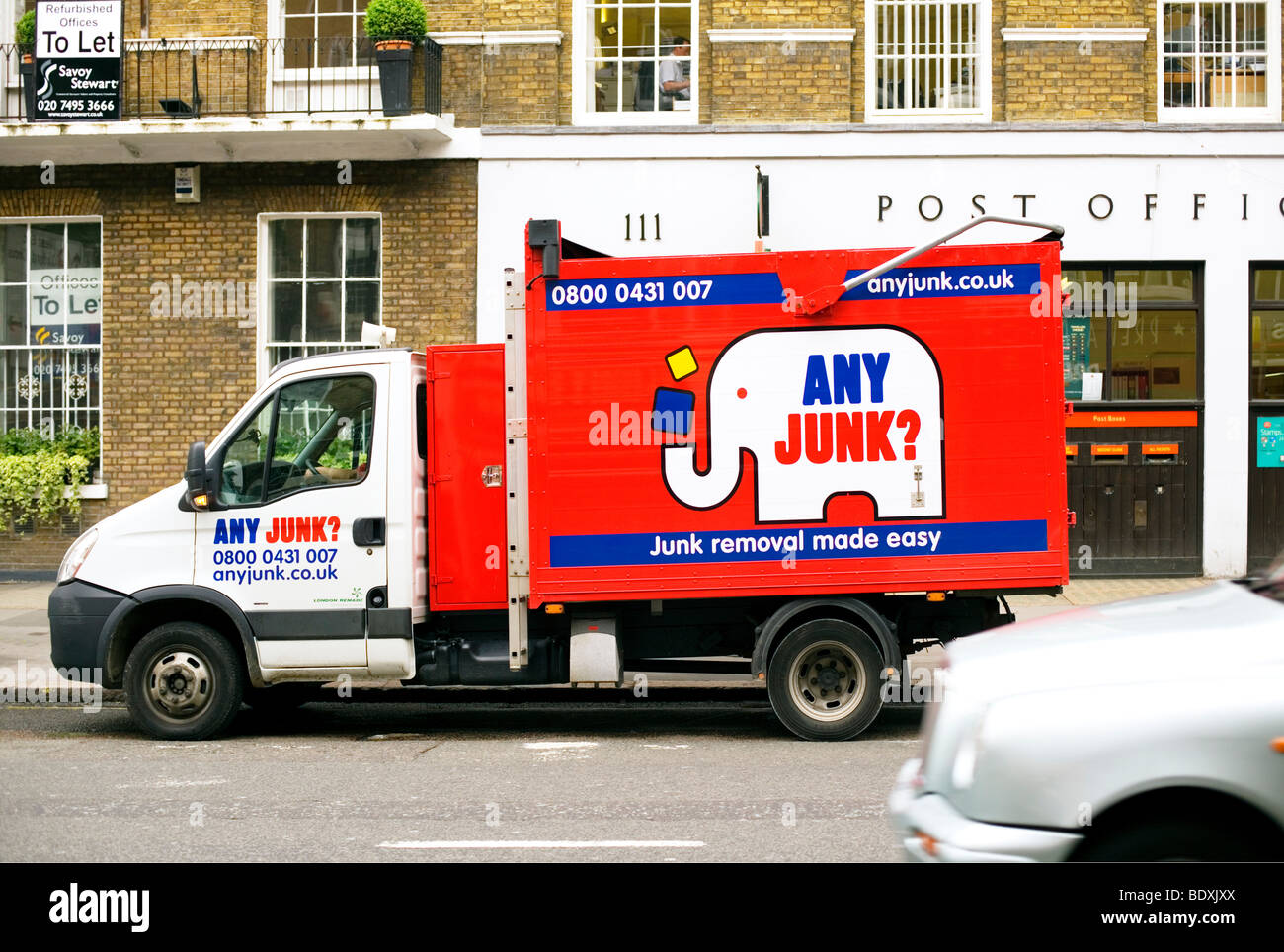Learn Exactly How To Choose The Ideal Dumpster Size For Your Project To Optimize Performance And Lessen Expenses With This In-Depth Overview
Learn Exactly How To Choose The Ideal Dumpster Size For Your Project To Optimize Performance And Lessen Expenses With This In-Depth Overview
Blog Article
Authored By-Finnegan Hunter
When embarking on a job that requires a dumpster, the dimension you pick can considerably influence its effectiveness and cost-effectiveness. Imagine having the perfect container that suits all your waste without being excessively huge or too little. It all beginnings with understanding the nuances of your task and selecting a dumpster dimension that lines up with your particular needs. So, before you choose, think about the factors at play to make certain a smooth waste administration process throughout.
Factors to Think about
When choosing the best dumpster size, there are several key aspects to think about.
First, think about the kind of waste you'll be getting rid of. Various materials might call for varying amounts of room, so understanding what you'll be putting in the dumpster is essential.
Next, evaluate the amount of waste you anticipate to create. If you underestimate the volume, you may need to make several journeys to deal with everything, which can be bothersome and costly. On link web site , renting a dumpster that's as well large can result in unneeded expenditures.
Additionally, think about the room where the dumpster will certainly be placed. Make certain there's enough space for the dumpster to be delivered and gotten with no blockages.
Finally, think about any type of weight constraints that might apply. Surpassing the weight limitation can cause additional charges or even the refusal of service.
Dumpster Size Alternatives
For choosing the best dumpster size, it's vital to have a good understanding of the available choices. Dumpster dimensions generally range from 10 to 40 cubic backyards, with variants in between.
A 10-yard dumpster is suitable for tiny projects like a garage cleanout or a tiny restoration. If you're dealing with a medium-sized job such as a cooking area remodel or a cellar cleanout, a 20-yard dumpster may be the ideal selection.
For larger jobs like a whole-house remodelling or industrial construction, a 30 or 40-yard dumpster could be preferable to accommodate the quantity of waste produced.
When deciding on https://patch.com/colorado/boulder/classifieds/announcements/381242/dumpster-rental-fort-collins , take into consideration the quantity and type of particles you expect to get rid of. It's much better to pick a slightly larger dimension if you're not sure to prevent overfilling. Remember, it's more cost-efficient to lease a dumpster that fits your needs instead of needing to order an added one.
Matching Dimension to Job
Optimally matching the dumpster dimension to your job is vital for effective waste monitoring. To identify the best dimension, consider the scope and nature of your project.
For little house cleanouts or improvements, a 10-yard dumpster may be enough. These are normally 12 feet long and can hold about 4 pickup lots of waste.
For larger projects like renovating numerous areas or cleaning out a huge estate, a 20-yard dumpster might be more suitable. These are around 22 feet long and can hold approximately 8 pickup tons.
If you're dealing with a major building project or commercial remodelling, a 30-yard dumpster could be the most effective fit. These dumpsters have to do with 22 feet long and can accommodate about 12 pickup truck loads of particles.
Matching the dumpster dimension to your project ensures you have sufficient space for all waste products without paying too much for extra ability.
Final thought
Finally, choosing the right dumpster size for your task is crucial for effective garbage disposal. By thinking about elements like the type and quantity of waste, space accessibility, weight restrictions, and budget restraints, you can ensure you have the proper size dumpster for your demands. See to it to match the size of the dumpster to the scope and nature of your job to prevent overspending on unneeded costs.
